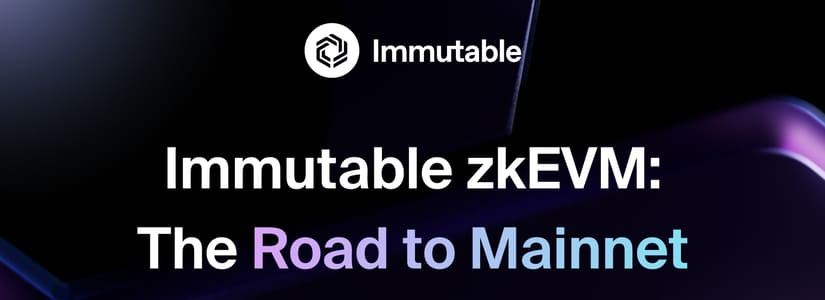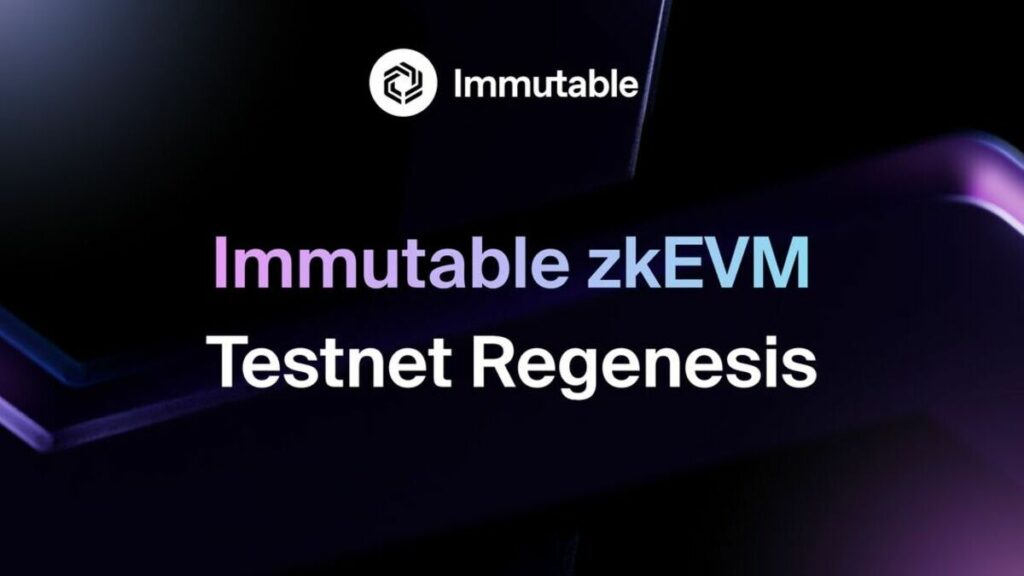Immutable, the prominent layer-2 blockchain entity, announced a significant change for its Immutable zkEVM Testnet, set to take place next week.
Starting on November 20, this testnet will undergo a regenesis, marking the transition from the current Polygon Edge framework to a Geth-based client.
The primary goal of this strategic shift is to maintain the proximity of Immutable zkEVM to Ethereum.
Replacing the original Polygon Edge EVM client with Geth will enable the platform to benefit from future updates and ensure complete compatibility with the Ethereum tooling ecosystem.
The emphasis is on supporting all major Ethereum clients, promoting diversity among clients, and strengthening the system’s resilience to potential client-level errors.
Immutable To Disconnect Testnet for 4 Days
To execute this transition, the Immutable team informed developers that between November 20 and 23, Immutable zkEVM Testnet and its associated services will be offline.
During this period, comprehensive improvements will be implemented, including platform integration updates, EVM monitoring, and transaction relay optimization. Full service restoration is expected by November 24. After the regenesis, developers will need to take specific actions to ensure a smooth transition.

While existing product integrations will be retained, it will be necessary to redeploy all smart contracts and recreate assets on the Testnet. Fortunately, the procedures for contract deployment and asset creation will remain the same.
To minimize disruptions in development workflows, developers are advised to follow key steps: redeploy smart contracts, recreate assets, and stay updated with the latest version of UnifiedSDK by regularly checking its changelog.
This change in Immutable zkEVM coincides with the recent announcement from the Polygon team, which has just completed the zkEVM Mainnet Beta upgrade.
This enhancement aims to transform Polygon into a network that enables anyone to generate, trade, and schedule value, empowering continuous evolution and innovation in the layer-2 blockchain space.










